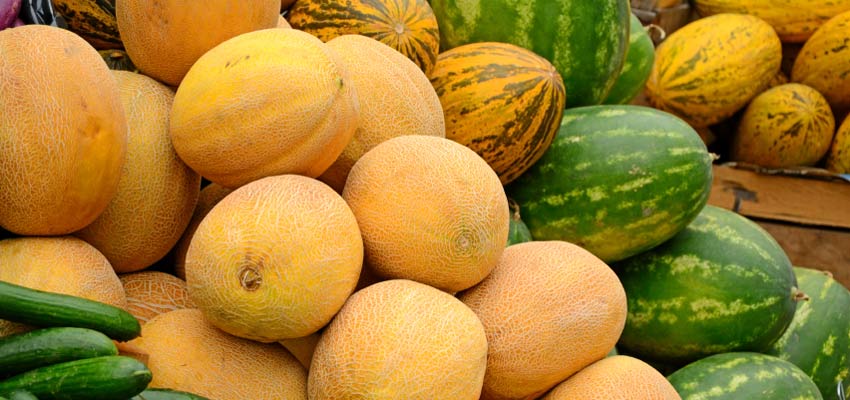During its meeting on 16 July 2013, the Standing Committee on the Food Chain and Animal Health (SCoFCAH) defined preliminary threshold values for perchlorate, which are valid until the end of the year. They are based on the data available to the EU Commission to date and replace the previous signal values. The EFSA will complete its own risk assessment by the end of the year, which could result in an amendment to the values now published.
Threshold values for perchlorate that now apply with immediate effect and until December 2013 in the EU:
- All food/fruit and vegetables 0.5 mg/kg
Exceptions are
- citrus fruit, stone fruit, root and tuber vegetables, table grapes, spinach, melons and water melons 0.2 mg/kg
- Leafy vegetables (except spinach), fresh herbs and celery - grown in greenhouses or under cover 1 mg/kg
The preliminary values are based on scientific risk assessments (national and international) and data available on the occurrence of perchlorate that was presented to the EU Commission.
The EU proposals are an interim solution that is imposed until December 2013, by which time the scientific risk assessment is expected from the EFSA. Further details can be found in the document from the EU Commission, which is appended for your information.
--------------------------------------------------
June 2013: In its press release dated 18 June 2013 (No. 189), the Federal Ministry for Food, Agriculture and Consumer Protection (BMELV) addressed the latest status of the investigation into potential sources of perchlorate in fruit and vegetables. It describes how intensive causal research is being undertaken in collaboration with the Federal Environment Ministry and food safety regulators.
In addition to the suggestion that fertilisers may be a potential source, a natural source, namely the circulation of water, is also being examined. The evaporation of sea water causes chloride to be released into the atmosphere, where it can oxidise to become perchlorate. In dry regions in particular, it can then appear in surface dust.
Perchlorate can reversibly inhibit the uptake of iodine by the thyroid. The Federal Institute for Risk Assessment (BfR) recommends using the Pesticide Residue Intake Model (PRIMo) of the European Food Safety Agency (EFSA) to test for perchlorate.
With immediate effect, LUFA-ITL GmbH will begin using this model to identify perchlorate when analysing your test results, and use the resulting signal values for guidance. When exhausting the signal value by > 100%, damage to the health can no longer be entirely ruled out. It should be added, however, that a toxicological assessment cannot yet be performed due to the small amount of data available.
Testing for perchlorate in fruit and vegetables is an established, routine method at LUFA-ITL GmbH, using HPLC-MS/MS . If you would like more information, please contact our local distributors.

 Contact
Contact

 Contact
Contact Career
Career